Meadow birds
Northern Lapwing
Acrobat of the sky
Lapwings are typical meadow birds. Nevertheless, they are now often seen on arable land, as they prefer areas with short and sparse vegetation, e.g. stubble fields. They forage mainly in or on top of the soil. Their diet consists of insects, such as beetles, caterpillars and grasshoppers, but they also eat other small animals, such as worms, or vegetable food.
Lapwings are usually active during the day, but they can also be heard calling during bright nights. They are social birds, as their clutches are often laid in colonies and defended together. Characteristic features of Lapwings are their acrobatic flight manoeuvres and the black curl of feathers on their head, the so-called crest.
Profile
| Scientific name | Vanellus vanellus |
| Call | Peewit … peewit |
| Food | Small invertebrates, sometimes seeds |
| In breeding grounds | February to June |
| Clutch size | 3–4, usually 4 |
| Broods per year | 1–2 |
| Population trend in Europe | Declining |
Pictures
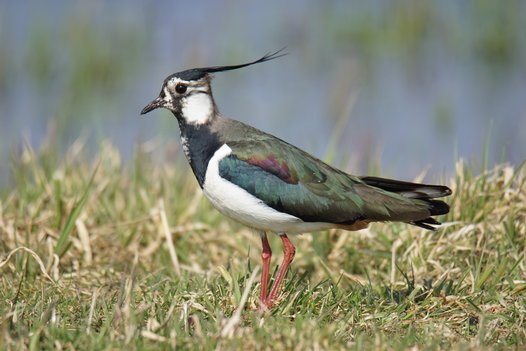
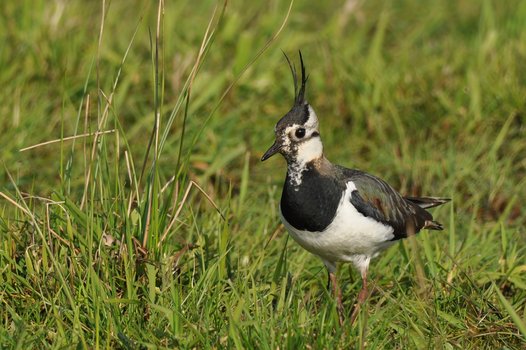
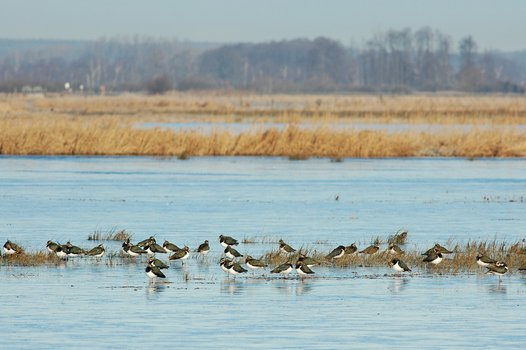
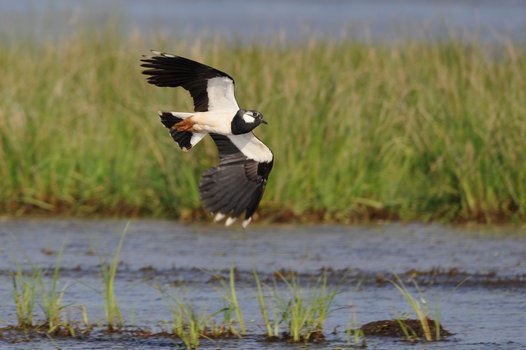
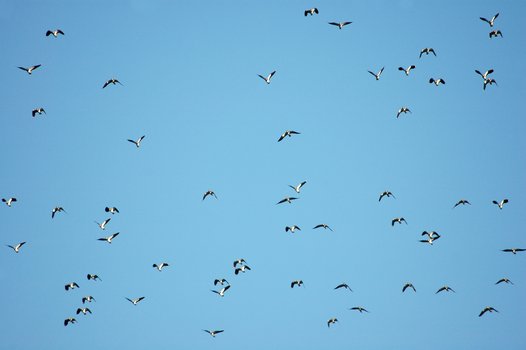
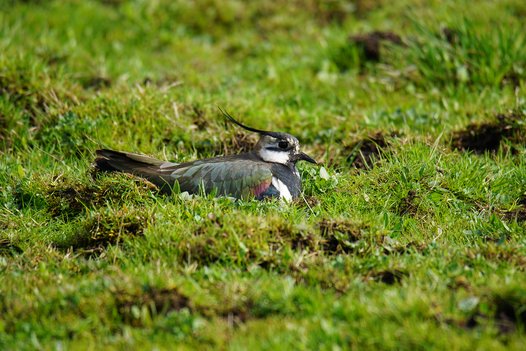
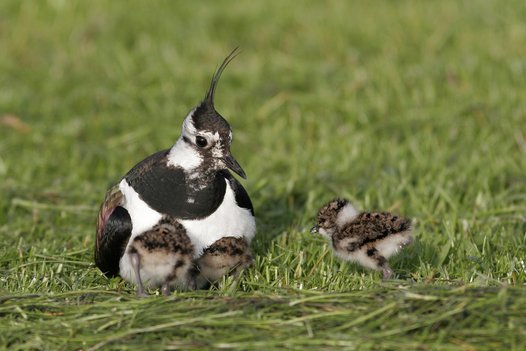
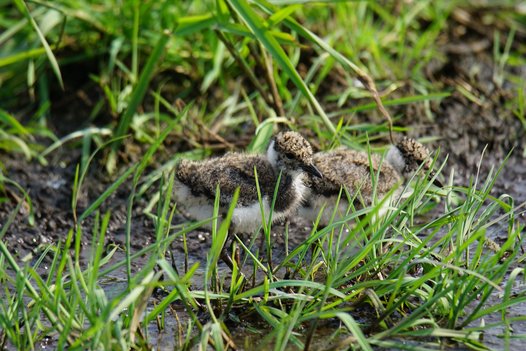
More information
Find out more about the Northern Lapwing.